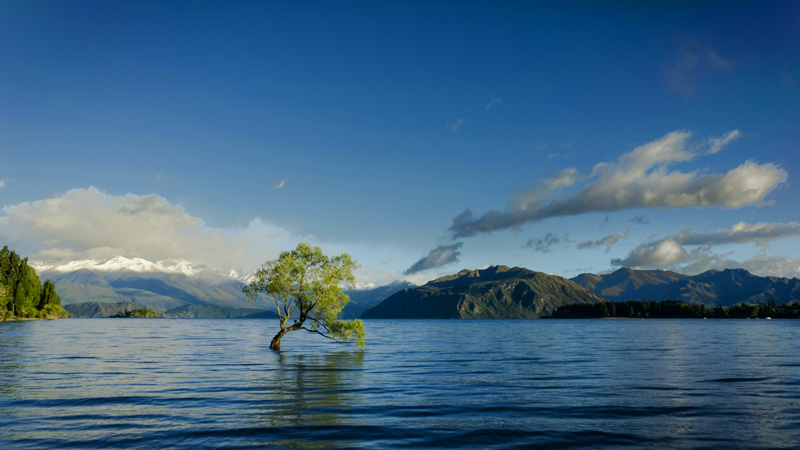It has been ascertain that only 40% of EU rivers have reached a “good” ecology level, and all the others are affected by predominantly anthropic pressures that prevent them from functioning as viable ecosystems. Accordingly, new management modalities are called for.
River renaturation and requalification is a set of measures and interventions designed to restore the natural characteristics of a water course and its ecosystems. The original fluvial environment must be restored so that it might perform its essential hydrogeological functions, such as, for instance, recharge the underground water resources during heavy rainfalls and then slowly release the water during droughts, just like a sponge. This function helps mitigate and balance the hydrogeological cycle and has become ever more important in the view of the climate changes we are currently experiencing, with wet periods lasting longer followed by much longer dry periods. Abundant and diversified river vegetation also serves as a buffer and a filter for the excess quantity of nutrients and pollutants that reach the water courses. Hence, it is important to restore the original vegetation, comprised of willows, poplars, alders and black alders, free from alien pests, i.e., species not native to the environment. To this end, a public awareness building campaign should make people realise the importance of restoring rivers to their natural conditions, to benefit the entire community and ensure our survival and that of our natural and cultural heritage.
Photo credit: © Jasper Van Der Meij on Unsplash

